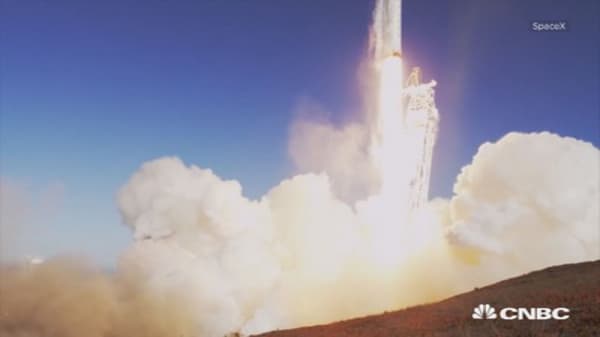On a cloudy day in May, a Russian-made rocket roared off a launch pad in Kazakhstan. A few minutes later, it was falling from the sky, its payload—a $300 million Mexican communications satellite—disintegrating over Siberia.
A little over a month later, one of SpaceX's rockets exploded about two minutes after liftoff from Cape Canaveral. It took with it $110 million in NASA's supplies for the International Space Station.
Companies and governments spend huge sums to get things into space, but an average of about 1 in 20 launches will fail. That's why many of today's launches—especially those putting commercial satellites into orbit—are covered by space insurance policies to prevent catastrophic financial losses.
But insuring a payload on the tip of a rocket is entirely different from insuring a home, boat or car. There are only about 50 insured launches each year paying about $750 million in premiums to a handful of companies. If just a few big accidents pile up, there is a real risk of the industry ending up in the red—and it looks like 2015 is shaping up to be a tough year.






